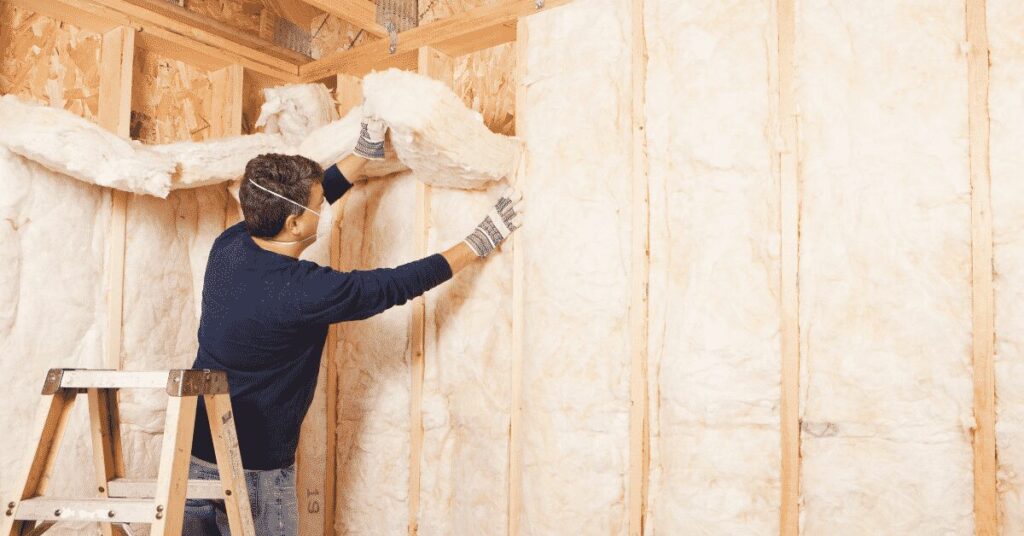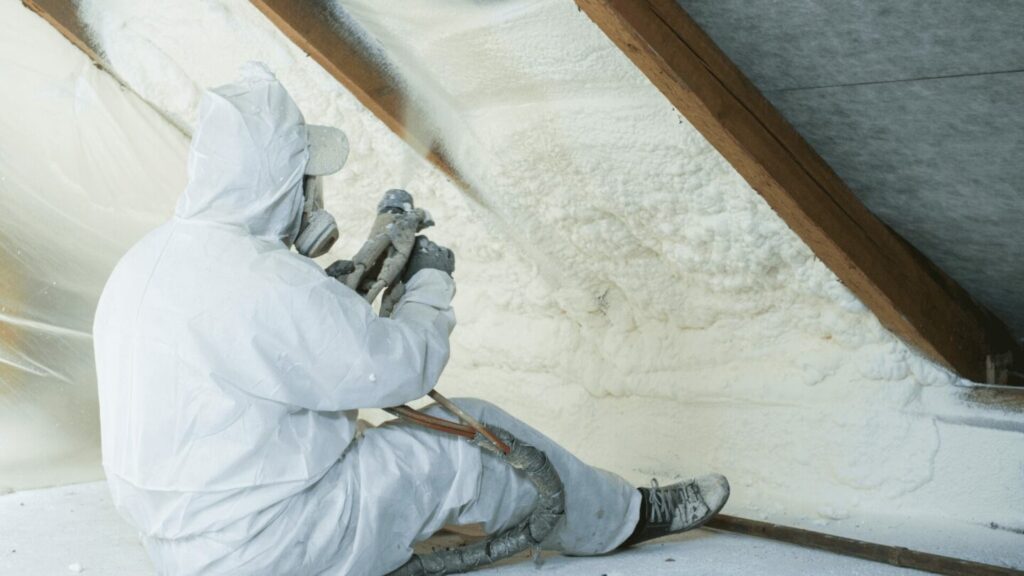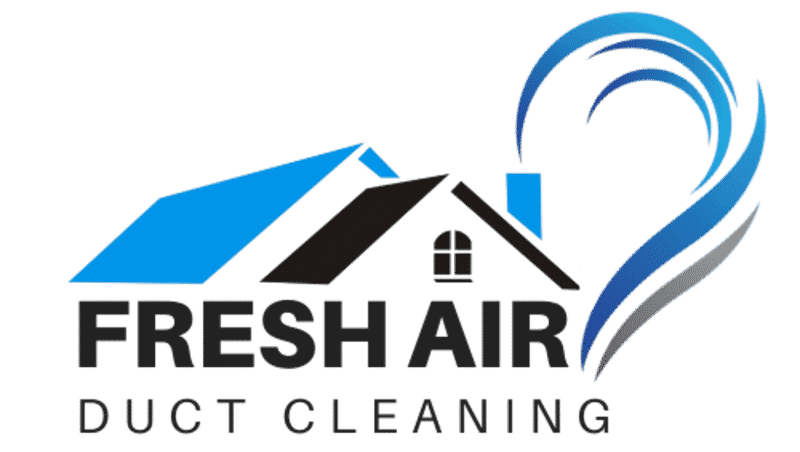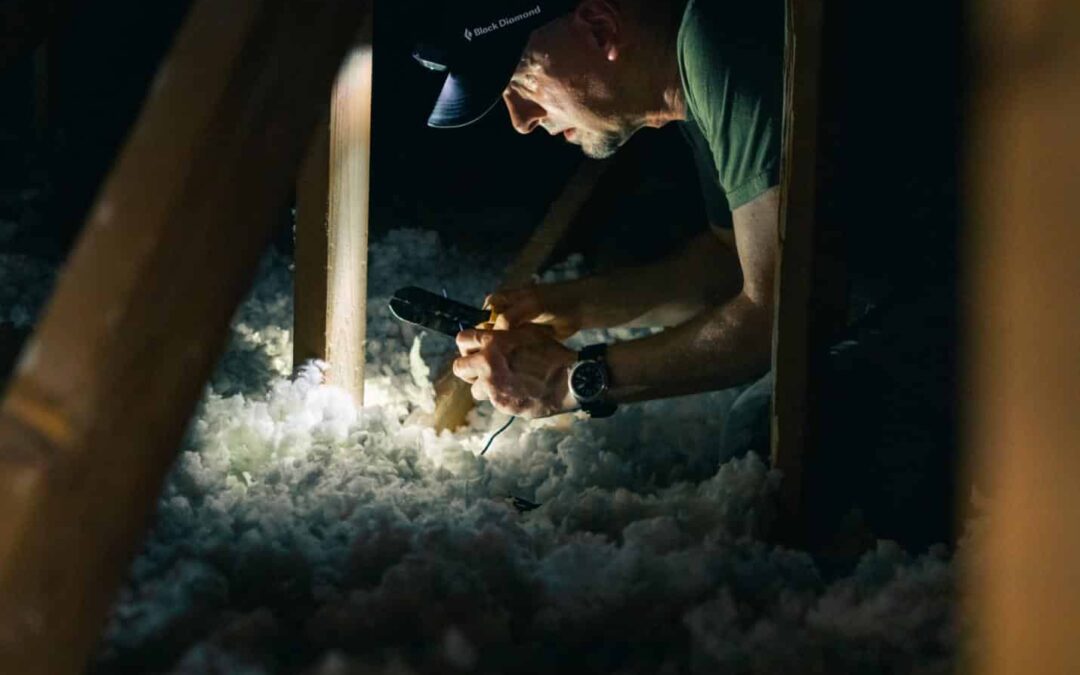Being a homeowner isn’t exactly a walk in the park, and if you have been dealing with high energy costs, then maybe it’s even worse than walking in the real Jurassic World Park. Luckily, attic insulation has been invented to help property owners keep their high energy costs at bay and utilize the internal hot/cool air in the house with no outside air interference. Adequate insulation can drastically affect the internal atmosphere and energy bills. However, there are several attic insulation types to consider before you schedule an appointment for the installation process in Texas.
The 4 Types of Attic Insulation
To be specific, there are four different attic insulation types that a professional can help you with during installation. All of them carry their own pros and cons, which will significantly impact your decision-making process. It is also pertinent to mention that there are certain local building codes that you may need to follow to pass inspections, depending on where you live. With all of this in mind, the following are the four common attic insulation types you can have your pick from:
- Spray Foam insulation
- Fiberglass insulation
- Cellulose insulation
- Loose-fill fiberglass insulation
Fiberglass Insulation

One of the primary reasons most homeowners go for this type of insulation for the attic or any other area of the house is that fiberglass insulation is pocket-friendly. However, there are many other factors that make it an attractive option, such as the fact that it doesn’t shrink or burn and it’s insect-free and consistent. The plastic film on it also provides an added layer of protection.
However, suppose you’re considering fiberglass because of the easy installation and low budget costs. In that case, you must also remember that it will require a vapor barrier, venting, and it may contain cancerous substances. Additionally, this Insulation type has a low R-value, and it will sag and settle in a few years, making it inefficient as attic insulation – and who wants useless trash lying around in their attics?
Spray Foam Insulation

Spray foam insulation is one of the best insulation types available for homeowners, and to top it off, these come in two different variations; open-cell and closed-cell. Their insulation values come to about R-6.5 and R-3.6 and provide homes with the most advanced air barrier with no heat transfer whatsoever. With spray foam insulation, you can ensure that your attic insulation covers every inch and corner where necessary. Of course, this means you’ll need a professional to help you with an efficient installation. Additionally, if you install the 2-pound closed-cell insulation in your home, you will increase its R-value and moisture protection by a significant margin.
With all these attractive pros, you might have already guessed what this insulation type’s cons are; relatively premium prices! These benefits come at a relatively higher price, and this insulation type’s installation requires professional help as you can’t DIY your way into this one. Using a spray foam gun and off-gassing the toxic poisons is a crucial step for this insulation type, which is why it’s best left in the hands of professionals.
Spray Foam vs. Fiberglass Attic Insulation: Which Is better?
In addition to spray foam and fiberglass, the loose-fill fiberglass and cellulose insulation are two other options to consider. However, most homeowners stick to the ones we’ve covered in this blog. Get in touch with us now if you are seeking professional help in making your attic insulation adequate, efficient, and reliable while adhering to all the local building codes! You can call us at (214) 239-1832 now to get the process started! We can help you anywhere in Houston and its nearby communities, so hurry up and don’t miss your chance!

